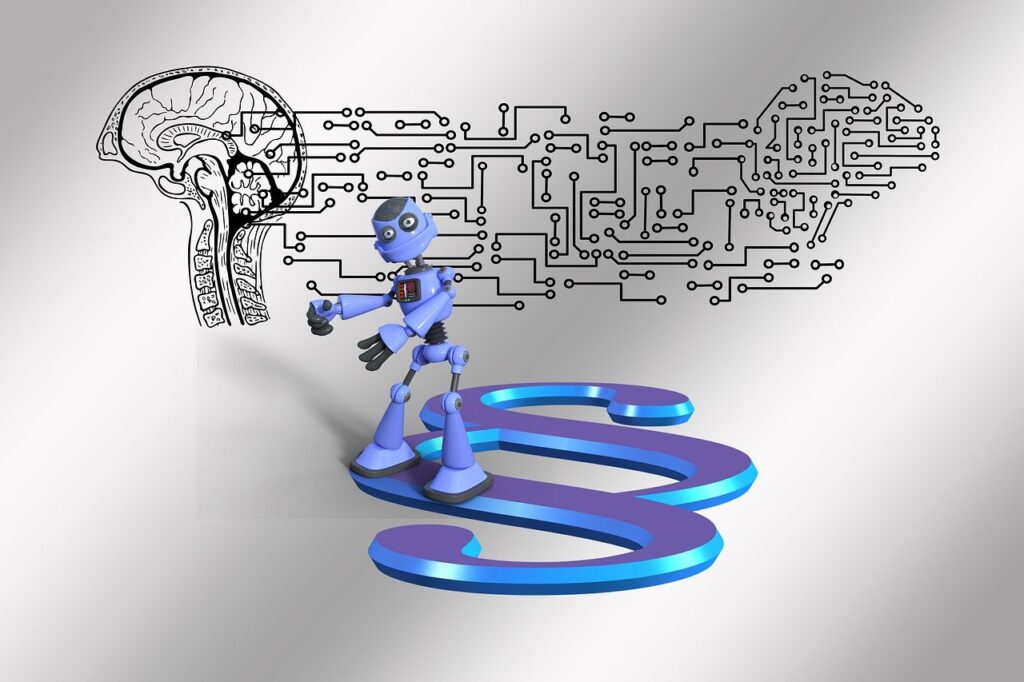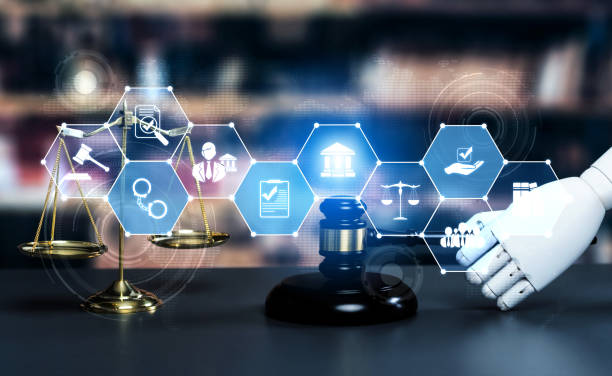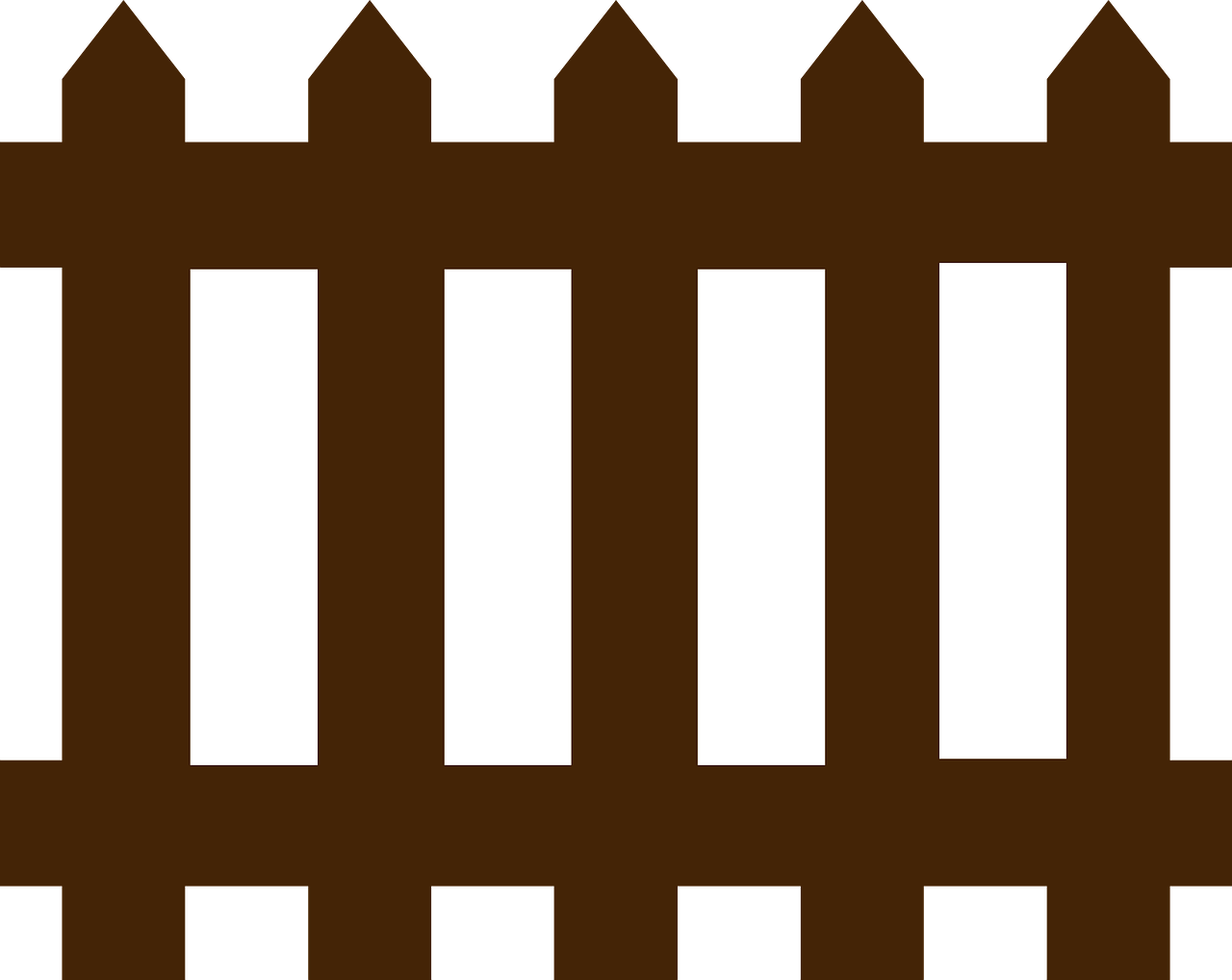Language barriers have long been a challenge in the field of patent law. Patent documents are often drafted in various languages, making it difficult for researchers, inventors, and legal professionals to access and understand the wealth of information contained within them. However, advancements in technology, particularly in the realm of Artificial Intelligence (AI) and Machine Learning, are offering innovative solutions to overcome these language barriers and revolutionize the way patents are analyzed and utilized in the legal practice. In this article, we will explore the role of AI in tackling language barriers in patent documents, its impact on the legal field, and the future possibilities it holds.
The Challenge of Multilingual Patent Documents
Understanding the Complexity
Patent documents are intricate legal texts filled with technical jargon and legal terminology. They represent the culmination of innovation, research, and development efforts across various industries. However, one of the most significant hurdles faced by professionals in the field of patent law is the multilingual nature of these documents. Patents are often filed in the native languages of the inventors, which means that a single invention can be described in multiple languages.
Understanding the nuances of these documents requires not only fluency in multiple languages but also a deep comprehension of the specific technical domain in question. This complexity poses a considerable challenge for patent examiners, researchers, and legal professionals who need to review and analyze these documents comprehensively.

The Importance of Accurate Translation
Accurate translation of patent documents is crucial to ensuring that innovations are properly protected and accessible on a global scale. Misinterpretation due to language barriers can lead to costly legal disputes, delayed patent approvals, and missed opportunities for inventors and businesses. Traditional translation methods, while valuable, are often time-consuming and may not always capture the precise technical terminology and context of the original document.
AI-Powered Language Translation in Patents
The Rise of Legal AI
In recent years, the legal industry has witnessed a transformative wave of technological innovation, with AI at the forefront. Legal AI is a subfield of artificial intelligence that focuses on developing software and systems capable of performing tasks traditionally carried out by legal professionals. Language translation is one of the areas where legal AI has made significant strides, and its application in the realm of patents is particularly promising.
Machine Learning Algorithms
Machine learning algorithms are the driving force behind AI-powered language translation solutions. These algorithms are trained on vast datasets of patent documents in multiple languages, allowing them to learn the intricacies of technical language and legal terminology. As they analyze and process more data, these algorithms become increasingly accurate and capable of producing high-quality translations.
One of the key advantages of machine learning in patent language translation is its ability to adapt and improve continuously. Traditional translation methods often rely on fixed dictionaries and rules, which may not keep up with evolving language and terminology. In contrast, machine learning models can adapt to new inventions, industries, and languages, ensuring that translations remain accurate and up-to-date.
Benefits of AI-Powered Translation
The adoption of AI-powered language translation in the field of patents offers a wide range of benefits:
1. Speed and Efficiency
AI-driven translation tools can process large volumes of patent documents in a fraction of the time it would take a human translator. This speed is especially valuable in patent examination and legal research, where time constraints can be a significant factor.
2. Accuracy and Consistency
Machine learning algorithms are trained to produce accurate and consistent translations, reducing the risk of misinterpretation and errors that can occur with human translators. This is crucial in legal practice, where precision is paramount.
3. Multilingual Accessibility
AI-powered translation tools can bridge the language gap, making patent documents accessible to a global audience. This accessibility encourages cross-border collaboration and innovation by ensuring that inventors and researchers can access valuable information regardless of the language in which it was originally filed.
4. Cost Reduction
By automating the translation process, AI-driven solutions can significantly reduce translation costs, making patent examination and legal services more cost-effective for inventors and businesses.

Real-World Applications of AI in Patent Translation
The application of AI-powered language translation in patent law is not just a theoretical concept; it is actively shaping the way legal professionals interact with patent documents. Here are some real-world examples of how AI is being used to overcome language barriers in patents:
1. Patent Examination
Patent offices around the world are increasingly relying on AI-powered translation tools to assist patent examiners in their work. These tools can quickly translate patent applications from different languages into the examiner’s native language, enabling faster and more efficient evaluation of patent claims and prior art.
2. Prior Art Search
In patent law, a thorough search for prior art—existing patents and publications relevant to a new invention—is crucial to determine the novelty and patentability of an invention. AI-driven translation tools can scan vast databases of patent documents in multiple languages to identify relevant prior art, streamlining the prior art search process.
3. Intellectual Property (IP) Management
Businesses with international operations often need to manage a portfolio of patents in various countries. AI-powered translation tools can assist in translating and managing these patents, ensuring that the company’s intellectual property is protected and enforced globally.
4. Legal Research
Legal professionals specializing in patent law rely on comprehensive legal research to build strong cases for their clients. AI-powered translation tools can help these professionals access and understand foreign patent documents, enabling them to provide more informed legal advice and representation.
The Future of AI in Patents: Challenges and Possibilities
As AI continues to advance and its applications in patent law expand, several challenges and possibilities emerge on the horizon:
Ethical Considerations
The use of AI in patent translation raises ethical questions about privacy, data security, and bias. Ensuring that AI systems are trained on diverse and unbiased datasets is crucial to maintaining fairness and integrity in the patent examination process.
Customization and Specialization
Future developments in AI may lead to specialized translation models tailored to specific industries or technical fields. Customized AI translation tools could provide even more accurate and context-aware translations, further improving the patent examination process.
Integration with Other Legal AI Tools
AI-powered translation is just one facet of legal AI. Integrating translation tools with other legal AI solutions, such as contract analysis or litigation prediction, could create a comprehensive ecosystem that enhances the efficiency and effectiveness of legal practice.
Global Collaboration
AI-powered translation has the potential to foster greater collaboration among inventors, researchers, and legal professionals across borders. This global collaboration could accelerate innovation by breaking down language barriers and facilitating the exchange of ideas and technologies.
The possibilities for AI in patent law are vast, but they also come with the responsibility to address ethical concerns and ensure that AI serves the interests of inventors, businesses, and the global innovation community.
Challenges in Implementing AI for Patents
Data Quality and Availability
One of the significant challenges in implementing AI for patent translation is the quality and availability of data. Machine learning models rely on extensive and diverse datasets to achieve high levels of accuracy. In the case of patent documents, obtaining clean and well-structured data in multiple languages can be a daunting task. Moreover, some languages may have limited patent data available, making it difficult to train models effectively.
Complex Legal and Technical Language
Patent documents are notorious for their complex legal and technical language. Translating these documents accurately requires not only language expertise but also a deep understanding of the underlying technology. AI models need to navigate intricate technical jargon, which can be a challenging task, especially for languages with less commonly used technical terms.
Maintaining Privacy and Security
Patent documents often contain sensitive information about inventions and intellectual property. Ensuring the privacy and security of this data is paramount when using AI for translation. Organizations and patent offices must implement robust data protection measures and encryption techniques to safeguard confidential information.
Addressing Bias and Fairness
AI models can inherit biases present in their training data. This bias can be a concern when dealing with patent documents, as it may affect the interpretation and analysis of inventions from different regions and backgrounds. To ensure fairness and equity in patent examination, AI developers must actively work to identify and mitigate biases in their models.
The Road Ahead: Leveraging AI for a Global Innovation Landscape
Despite the challenges, the integration of AI in patent language translation is a transformative step towards a more efficient, accessible, and collaborative global innovation landscape. Legal AI, driven by machine learning algorithms, has the potential to revolutionize how patent documents are processed, evaluated, and utilized by inventors, researchers, and legal professionals.
Collaborative Research and Innovation
AI-powered translation can bridge language gaps and enable inventors and researchers from different countries to collaborate seamlessly. This cross-border collaboration can lead to more innovative solutions and accelerate technological advancements, benefitting industries and society as a whole.
Accelerating Patent Processing
AI-powered language translation is revolutionizing the way patent offices examine and process applications. Traditionally, patent examination involves a lengthy and often arduous process of reviewing documents in multiple languages, a task that consumes valuable time and resources. With the introduction of AI, this process is becoming significantly faster and more efficient.
By expediting the translation of patent documents, AI can help reduce the backlog of patent applications that many countries’ patent offices face. The backlog often leads to delays in granting patents, leaving inventors waiting for years to secure protection for their innovations. AI-driven translation tools can translate documents rapidly, allowing examiners to focus on assessing the patent’s novelty and compliance with legal requirements. This acceleration of the patent examination process not only benefits inventors by providing quicker patent protection but also promotes innovation by encouraging inventors to invest more in research and development.
Encouraging Research and Development
Faster patent examination processes have a ripple effect on research and development (R&D) efforts across various industries. Inventors and businesses are more motivated to innovate when they know their intellectual property will be protected promptly. This encouragement can lead to increased R&D investment and a surge in technological advancements.
Additionally, the speed of patent examination can benefit startups and smaller businesses, which often have limited resources to navigate the complex patent landscape. With AI-powered translation tools, these entities can secure patent protection more affordably and compete on a more level playing field with larger corporations. This democratization of patent access fosters a dynamic and competitive innovation ecosystem, driving progress and economic growth.
Cost Reduction and Accessibility
Lowering the Financial Barrier
The adoption of AI-driven translation tools in patent law not only accelerates processes but also reduces costs significantly. Traditional translation services, especially for complex legal and technical documents, can be expensive and time-consuming. In contrast, AI-powered solutions provide a cost-effective alternative, making patent services more affordable and accessible to inventors and businesses of all sizes.
For inventors and startups with limited financial resources, this cost reduction can be a game-changer. They can now navigate the patent system without the burden of exorbitant translation expenses, allowing them to allocate their budgets more efficiently towards research, development, and other critical aspects of their businesses.
Equalizing Access to Patent Services
The democratization of patent access is a pivotal advantage of AI in patent law. Historically, access to patent services was often determined by an entity’s location, financial resources, or ability to navigate linguistic complexities. AI-driven translation tools level the playing field for innovators, irrespective of their geographical location or financial capabilities.
This equalization of access to patent services encourages a diverse range of inventors and businesses to participate in innovation and intellectual property protection. It fosters a global innovation landscape where groundbreaking ideas and inventions can emerge from unexpected quarters, ultimately benefitting society as a whole.
Continuous Improvement
Evolving AI Models
The field of AI and machine learning is in a constant state of evolution, and this evolution extends to AI models used for patent translation. As more patent data becomes available and as AI technologies advance, machine learning algorithms will become increasingly accurate and adaptable.
AI models will continue to refine their understanding of complex legal and technical language, making translations even more precise. They will also adapt to the evolving terminology and language conventions used in various industries. This adaptability ensures that the benefits of AI in patent law will only grow over time, providing ever-improving support to patent examiners, legal professionals, and inventors.
Expanding Patent Databases
The accuracy and effectiveness of AI models are closely linked to the quality and quantity of the data they are trained on. As patent databases continue to expand with new filings from around the world, AI models will have access to more diverse and comprehensive datasets. This expansion will further enhance their ability to provide accurate translations, identify relevant prior art, and support various aspects of patent examination and legal practice.

Conclusion
Artificial Intelligence and Machine Learning are powerful tools that are reshaping various industries, including patent law. The use of AI-powered translation tools in patent examination and legal research is a testament to the potential of technology to overcome language barriers and streamline complex processes.
While challenges exist, such as data quality and bias, they can be addressed through responsible development and implementation practices. The future of AI in patents promises more efficient examination processes, global collaboration, and increased accessibility to patent information.
As AI continues to evolve, it is essential for patent professionals, organizations, and policymakers to embrace these advancements responsibly and ensure that they serve the interests of inventors, businesses, and the broader innovation community. By doing so, we can unlock the full potential of AI in patents and propel global innovation to new heights.
